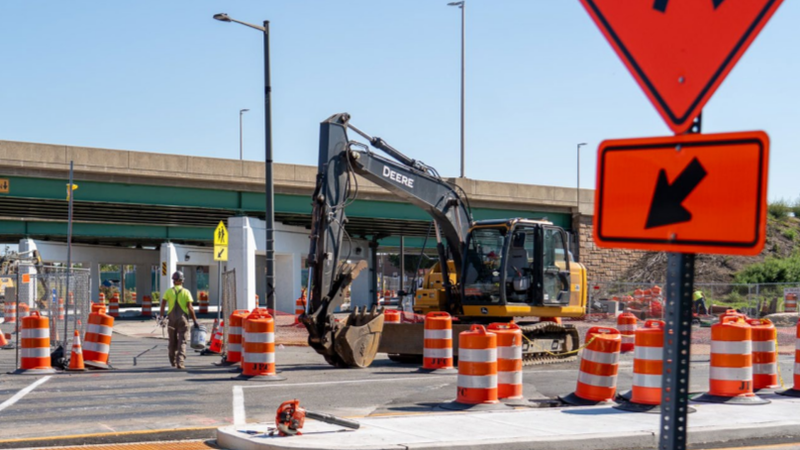
PHILADELPHIA (KYW Newsradio) — Philadelphia continues to pursue its goal of zero traffic deaths, but the Vision Zero Annual Report, released Monday, shows it still hasn’t recovered from the pandemic spike in fatalities caused by vehicles.
The number of fatal crashes in Philadelphia has gone down in the last couple of years, but the crash rate continues to be higher than it was before the COVID-19 pandemic.
Before then, traffic fatalities in Philadelphia were consistently below 100. Then in 2020, the number shot up to 155. It has come down since: 123 last year — and 84 as of October, this year.
Chris Pulchasky of the Office of Transportation and Infrastructure Systems (OTIS) says Vision Zero is still fighting against risky pandemic driving habits: “I do believe there is ongoing social dislocation that is the result of the pandemic, that there were norms changes, and it’s going to take a long time to get those norms re-established about driving safety.”
Kelley Yemen of OTIS’s Office of Multimodal Planning, which manages many initiatives of the city’s Complete Streets program, says drivers haven’t completely shaken those habits.
“We’ve seen a continued higher level of speed-related crashes, and some of that might be behavior resets that happened during 2020 when those roadways were open and there was very little to obstruct drivers from traveling much too quickly.”
Vehicles have also become deadlier, she said.
“An increasing share of the vehicular market has been to larger vehicles that are much more dangerous — to people walking, especially.”
The report finds speeding is the leading cause of crashes, followed by running red lights, so Yemen thinks improvement is coming as the city continues installing more red light cameras and speed cameras, like the ones on Roosevelt Boulevard — as well as traffic-calming measures on streets in the high-injury network — the 12% of Philadelphia streets where 80% of traffic deaths and serious injuries occur
“As those projects roll out, we are really looking to bend the curve.”
Yemen says Vision Zero projects like these have lowered fatal crash rates on those roads, and she looks forward to continued progress as federal infrastructure money helps deploy them faster.
Other findings in the report — crashes are most likely to happen in off-peak hours, that crashes have become more likely to result in death, that ZIP codes with the lowest income see the highest rate of crashes resulting in hospitalization and that men are the drivers in 75% of severe crashes.
